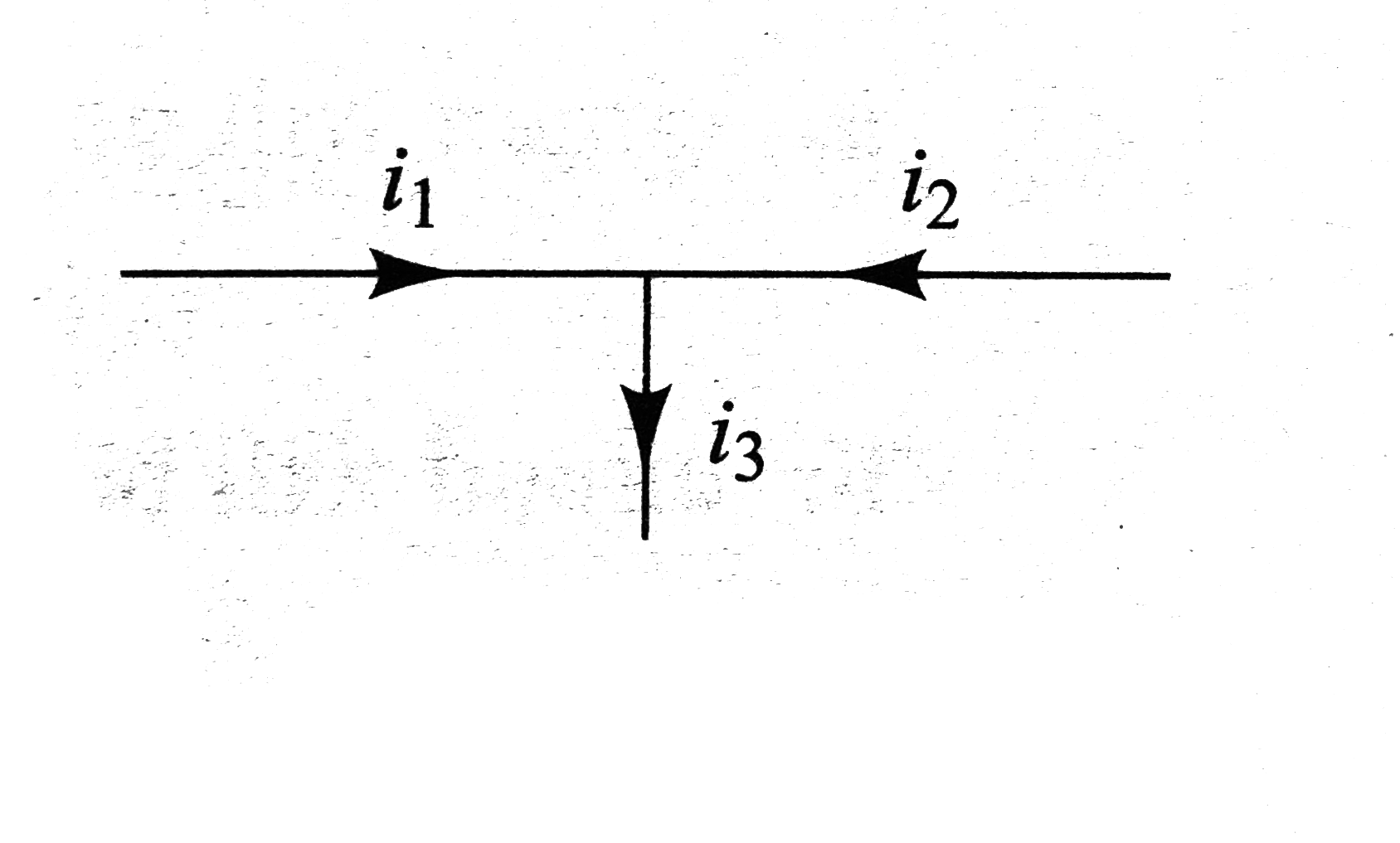Which of the following functions of time represent (a) simple harmonic (b) periodic but not simple harmonic and (c ) non periodic motion? Give period for each case of periodic motion (ω is nay positive constant)
(1) Sin3ωt (2) 3cos(π/4−2ωt)
(3) cosωt+cos3ωt+cos5ωt
(4) e−ω2t2 (5) 1+ωt+ω2t2
To solve the problem, we will analyze each function of time given in the question to determine whether it represents simple harmonic motion (SHM), periodic but not SHM, or non-periodic motion. We will also find the period for each case of periodic motion.
1. Function: sin3(ωt)
- We can use the trigonometric identity:
sin3(x)=3sin(x)−sin(3x)4
- This means sin3(ωt)=3sin(ωt)−sin(3ωt)4.
- The functions sin(ωt) and sin(3ωt) are both periodic, but they have different periods. Therefore, their superposition is periodic but not SHM.
- Period: The period is determined by the lowest frequency, which is 2πω.
2. Function: 3cos(π4−2ωt)
- This can be rewritten as −3cos(2ωt+π4).
- This function represents SHM since it is a cosine function with a constant amplitude.
- Period: The period is given by 2π2ω=πω.
3. Function: cos(ωt)+cos(3ωt)+cos(5ωt)
- Each cosine term represents SHM, but their frequencies are different, leading to a complex periodic motion.
- Therefore, this function is periodic but not SHM.
- Period: The period is determined by the lowest frequency, which is 2πω.
4. Function: e−ω2t2
- This is an exponential function that does not repeat itself over time; it approaches zero as t increases.
- Therefore, it represents non-periodic motion.
- Period: Not applicable since it is non-periodic.
5. Function: 1+ωt+ω2t2
- This is a polynomial function. It does not repeat itself and continues to increase as t increases.
- Therefore, it represents non-periodic motion.
- Period: Not applicable since it is non-periodic.
Summary of Results:
- (1) sin3(ωt): Periodic but not SHM (Period: 2πω)
- (2) 3cos(π4−2ωt): SHM (Period: πω)
- (3) cos(ωt)+cos(3ωt)+cos(5ωt): Periodic but not SHM (Period: 2πω)
- (4) e−ω2t2: Non-periodic motion
- (5) 1+ωt+ω2t2: Non-periodic motion
- We can use the trigonometric identity:
sin3(x)=3sin(x)−sin(3x)4
- This means sin3(ωt)=3sin(ωt)−sin(3ωt)4.
- The functions sin(ωt) and sin(3ωt) are both periodic, but they have different periods. Therefore, their superposition is periodic but not SHM.
- Period: The period is determined by the lowest frequency, which is 2πω.
- This can be rewritten as −3cos(2ωt+π4).
- This function represents SHM since it is a cosine function with a constant amplitude.
- Period: The period is given by 2π2ω=πω.
- Each cosine term represents SHM, but their frequencies are different, leading to a complex periodic motion.
- Therefore, this function is periodic but not SHM.
- Period: The period is determined by the lowest frequency, which is 2πω.
- This is an exponential function that does not repeat itself over time; it approaches zero as t increases.
- Therefore, it represents non-periodic motion.
- Period: Not applicable since it is non-periodic.
- This is a polynomial function. It does not repeat itself and continues to increase as t increases.
- Therefore, it represents non-periodic motion.
- Period: Not applicable since it is non-periodic.
- (1) sin3(ωt): Periodic but not SHM (Period: 2πω)
- (2) 3cos(π4−2ωt): SHM (Period: πω)
- (3) cos(ωt)+cos(3ωt)+cos(5ωt): Periodic but not SHM (Period: 2πω)
- (4) e−ω2t2: Non-periodic motion
- (5) 1+ωt+ω2t2: Non-periodic motion
Topper's Solved these Questions
- BOOK - VMC MODULES ENGLISHCHAPTER - SIMPLE HARMONIC MOTION EXERCISE - LEVEL 0 LONG ANSWER TYPE2videos
SIMPLE HARMONIC MOTION
- BOOK - VMC MODULES ENGLISHCHAPTER - SIMPLE HARMONIC MOTION EXERCISE - LEVEL (1)75videos
SIMPLE HARMONIC MOTION
- BOOK - VMC MODULES ENGLISHCHAPTER - SIMPLE HARMONIC MOTION EXERCISE - LEVEL 0 SHORT ANSWER TYPE - I8videos
SIMPLE HARMONIC MOTION
- BOOK - VMC MODULES ENGLISHCHAPTER - ROTATIONAL MOTION EXERCISE - JEE Advanced (Archive) (True/False Type)3videos
ROTATIONAL MOTION
- BOOK - VMC MODULES ENGLISHCHAPTER - SYSTEM OF A PARTICLES & ROTATIONAL MOTIONEXERCISE - IN-CHAPTER EXERCISE F10videos
SYSTEM OF A PARTICLES & ROTATIONAL MOTION
Similar Questions
Which of the following functions of time represented (a) periodic and (b) non-periodic motion ? Given the period for each case of periodic motion (ω is any positive constant(i)sinωt−cosωt(ii)log(2ω)
View SolutionWhich of the following functions of time represent (a) simple harmonic motion and (b) periodic but not simple harmonic motion? Give the period for each case.
(i)sinωt−cosωt (ii) sin2ωt (iii) cosωt+2sin2ωtView Solution
Knowledge Check
- Question 1 - Select One
Which of the following functions of time represent (a) simple harmonic motion and (b) periodic but not simple harmonic motion? Give the period for each case.
(i)sinωt−cosωt (ii) sin2ωt (iii) cosωt+2sin2ωtAa simple harmonic motion with a period πω.Ba simple harmonic motion with a period 2πωCa periodic, but not simple harmonic motionn with a period πωDa periodic, but not simple harmonic motion with a period 2πω
Funcation x=Asin2ωt+Bcos2ωt+Csinωtcosωt Represents SHM.
View SolutionCategories the following function of time 3sin(2ωt−π4) as
(a) SHM , (b) Periodic but not SHM. Also give the period.View SolutionWhich of the following functions represent SHM :-
(i) sin2ωt , (ii) sinωt+2cosωt , (iii) sinωt+cos2ωtView SolutionDoes eωt represent periodic motion ? Ifyes, then find the period (ω is any positive constant )
Hint : (Think , Does it repeat itself)View SolutionIf i1=3sinωtand(i2)=4cosωt, then (i3) is
 View Solution
View SolutionCategorise the following function of time :cos3ωt as
(a) S.H.M.
(b) Periodic but not S.H.M. Also find the period.
Hint : cos3ωt=14(3cosωt−cos3ωt)View SolutionIdentify which of the following function represent simple harmonic motion.
(i) Y=AeIωt (ii) Y=ae−ωt
(iii) y=asin2ωt (iv) y=asinωt+bcosωt
(v) y=sinωt+bcos2ωtView Solution
